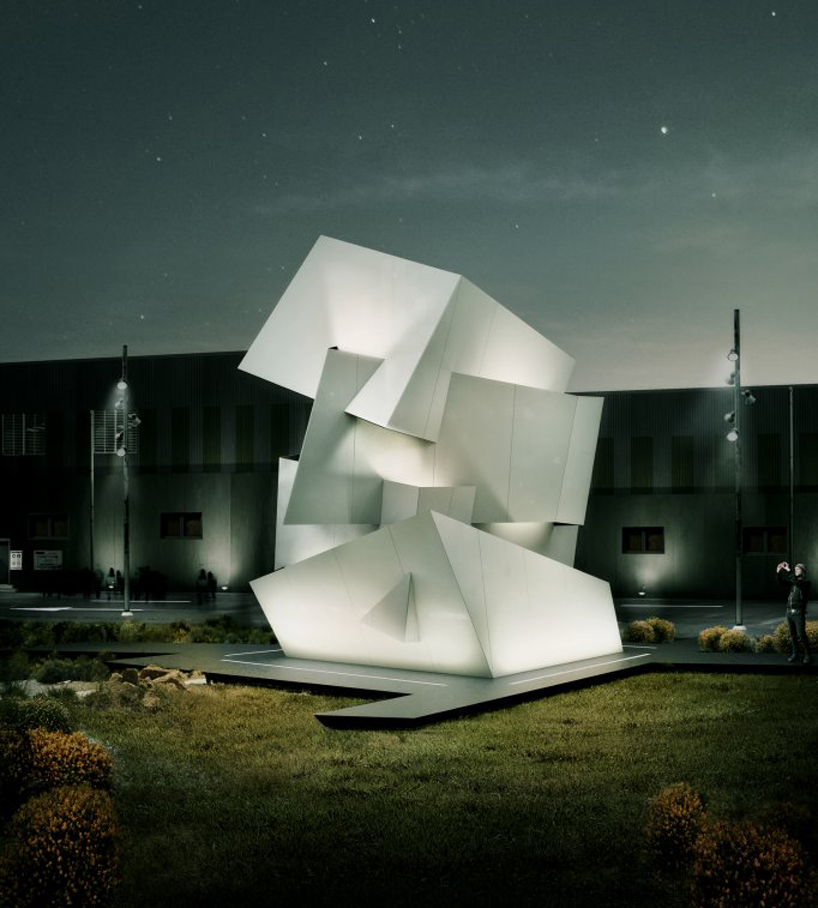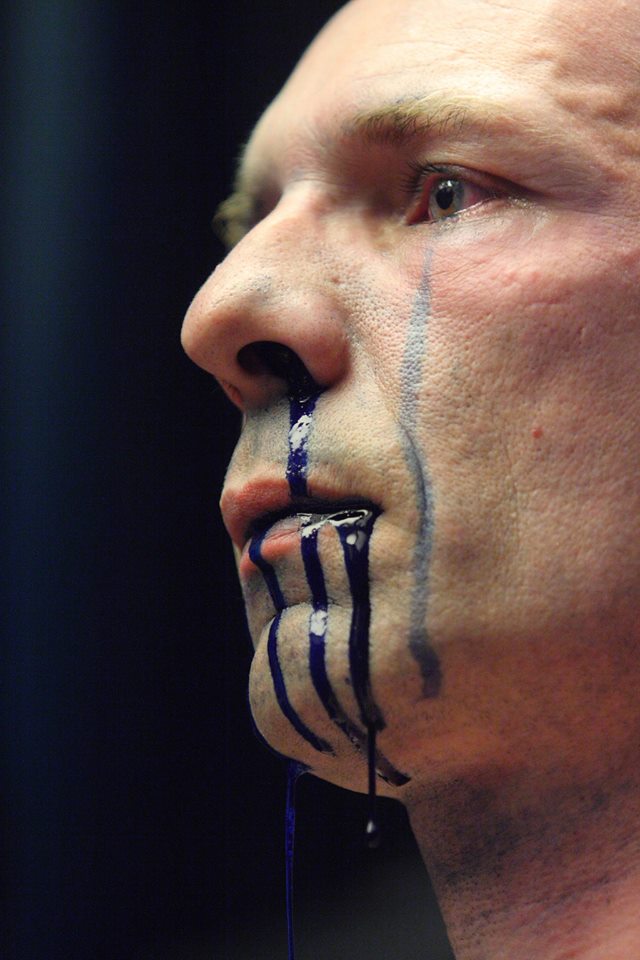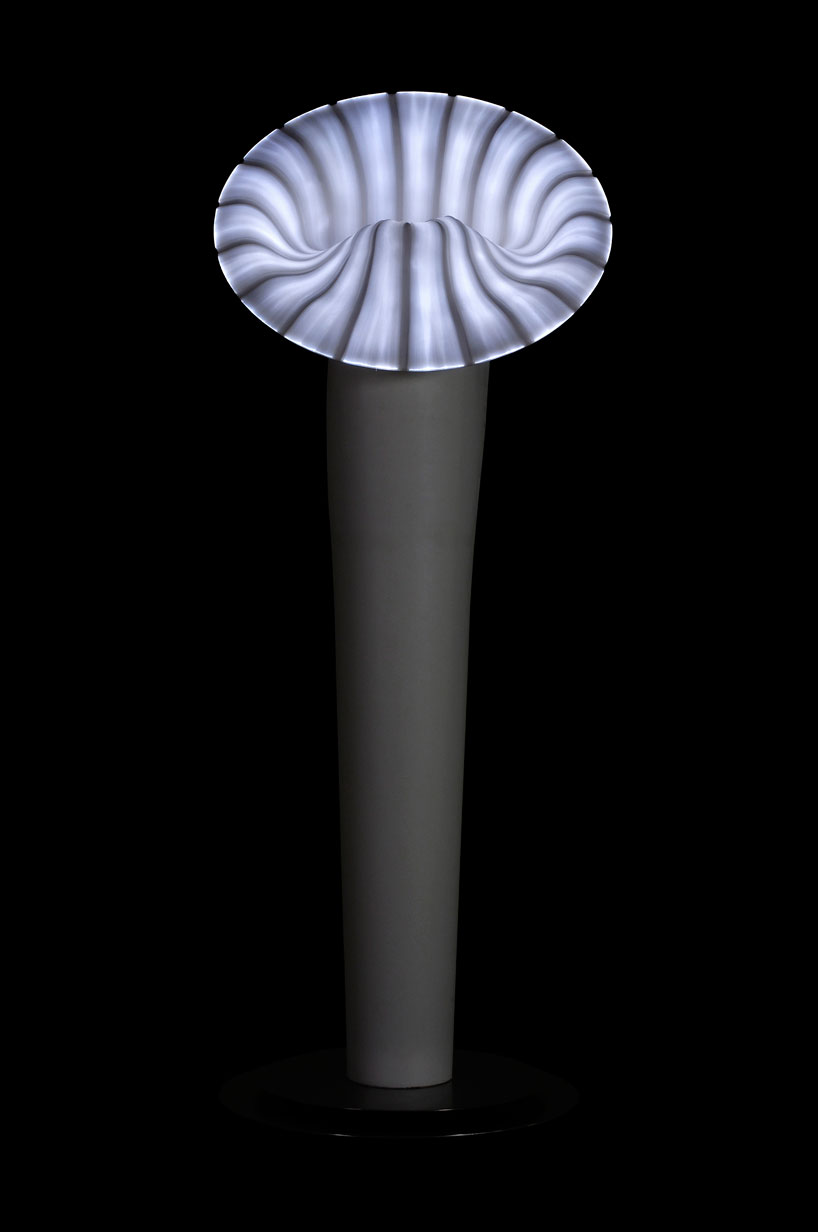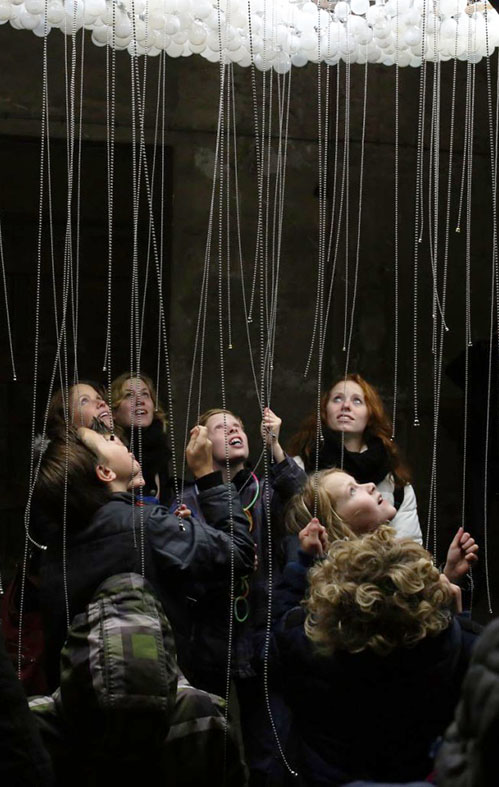Mindar
Революция машин уже пришла в религию – по крайней мере, в Японии. Буддийский храм в городе Киото решил изменить свои практики, чтобы стать ближе к людям, и установил там робота. Твоя роль? Объявляйте проповеди верующим. Робот Миндар ростом почти шесть футов имеет женский голос и был создан в честь буддийского божества милосердия Каннон. Руки, лицо и плечи корпуса робота покрыты силиконом (имитирующим человеческую кожу). Это все. Все остальное состоит из открытых металлических шестерен.
.
Mindar
A revolução da máquina já entrou na religião – pelo menos no Japão. Um templo budista na cidade de Kyoto decidiu mudar suas práticas para se aproximar das pessoas e instalou ali um robô. Qual é o seu papel? Anuncie sermões aos crentes. Com quase um metro e oitenta de altura, o robô Mindar tem uma voz feminina e foi criado em homenagem à divindade budista da misericórdia Kannon. Os braços, rosto e ombros do corpo do robô são cobertos com silicone (imitando a pele humana). É tudo. Todo o resto consiste em engrenagens de metal expostas.
.
Mindar
The machine revolution has already entered religion – at least in Japan. A Buddhist temple in the city of Kyoto decided to change its practices in order to become closer to people, and installed a robot there. What is your role? Announce sermons to believers. Almost six feet tall, the robot Mindar has a female voice and was created in honor of the Buddhist deity of mercy Kannon. The arms, face and shoulders of the robot body are covered with silicone (imitating human skin). It’s all. Everything else consists of exposed metal gears.













